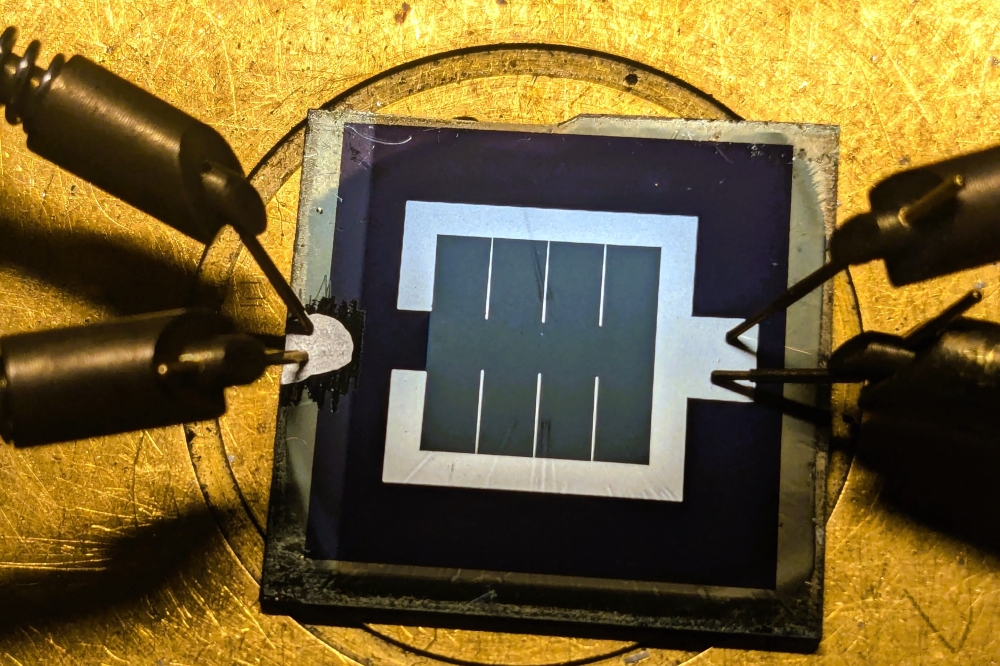Kwansei Gakuin University uses Raman microscopy to study SiC defects
![]()
Metrology and spectroscopy firm Renishaw has reported on the use of its inVia confocal Raman microscope in the characterisation of power semiconductor materials such as 4H-SiC.
Cystallographic defects in 4H-SiC epitaxial wafers, such as dislocations and stacking faults, limit the commercialisation of SiC devices and must therefore be eliminated or reduced to levels lower than some critical density.
Noboru Ohtani, a professor who researches into wide bandgap semiconductors and crystallographic defects at Kwansei Gakuin University in Japan, has been using Renishaw's inVia confocal Raman microscope in research to establish SiC crystal growth processes that can produce large ultra-high quality SiC epitaxial wafers.
A key element of his department's studies is trying to clarify the cause and formation mechanism of crystallographic defects in SiC bulk crystal and epitaxial film. Crystallographic defects give rise to residual stresses in the crystals. The stresses can occur through a variety of mechanisms in 4H-SiC crystals. For example, temperature gradients in the grown crystals, which are a primary driving force for crystal growth, lead to plastic deformation of the crystals during the growth and/or cooling process.
This deformation results in residual stresses when the crystals are cooled to room temperature. The spatial variation of stresses in the crystals can be measured using Renishaw´s inVia confocal Raman microscope. These measurements provide valuable information about the formation of defects during physical vapour transport growth and CVD processes. This information is used to improve the crystal growth process.
Ohtani´s laboratory also uses high resolution X-ray diffraction (HRXRD) to characterise stress distribution. Raman microscopy provides complementary information to the HRXRD data but with much higher spatial resolution. When asked why the inVia was chosen for the lab, Ohtani said: "The key benefit is the ultra-high-speed data acquisition system, which results in a higher sensitivity to measuring stresses in the materials compared to other Raman systems."
Ohtani and his colleagues recently published a paper with the Materials Science Forum describing the structural and electrical characterisation of the initial stage of physical vapour transport growth of 4H-SiC crystals. It illustrates the power of micro Raman imaging to help show the influence of heavily-doped nitrogen donors on the defect formation in SiC crystals.
'Structural and electrical characterization of the initial stage of physical vapour transport growth of 4H-SiC crystals', by T Takahashi et al; Materials Science Forum Vols 821-823 (2015).


































